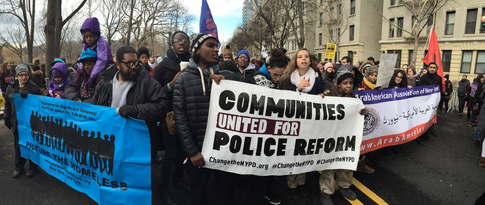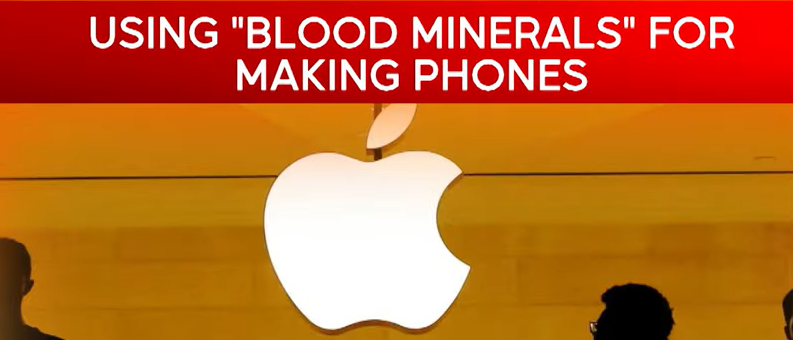Photos: Twitter
Two weeks ago five young Sunrise Movement activists, Kidus Girma, Ema Govea, Julie Paramo, Abby Leedy and Paul Campion, ended a two week, water-only hunger strike in front of the White House. They and the Sunrise Movement supporting them were, and still are, demanding that Joe Biden and the Democratic Party deliver on their elected mandate and pass climate policy that matches the urgency and the scale of the climate emergency.
This was a serious action that got national press coverage. It was not a fast on fruit and vegetable juices with protein powder mixed in. These hunger strikers consumed only water and electrolytes.
For some people hunger strikes, especially by young people, cross the line between acceptable and non-acceptable tactics. One climate activist, for example, wrote on an email list about this White House fast, saying: “Shame on any adult supporting youth hunger strikes as a means of forcing climate action. Young brains are still developing. There is nothing ok or acceptable about youth hunger striking. Would you support young people cutting themselves for climate action?”
For others, and their numbers are probably growing, the tactic may be questionable, even discomforting, but they appreciate the seriousness of our situation, on climate and a number of other issues, which motivates such an urgent, risky response.
I’ve taken part in about 18 long fasts of at least 12 days since 1971. My first, for 34 days, was undertaken while in prison for draft resistance and was led by fellow inmate Fr. Phil Berrigan. My most recent, a 32 day Fast to Defeat Trump, took place in the month leading up to the 2020 election last November. At the age of 71 it was a hard one, but the urgent need to defeat Trump kept me going until election day.
Tactically, hunger strikes and actions with the risk of arrest are the nonviolent equivalent of armed attacks where people can get injured or killed. The nonviolent actions, however, cannot be used so easily by our enemies or antagonistic media outlets to isolate or undercut support. Such actions ensure that the only people who suffer or are hurt, or even risk suffering and injury, are on the justice-seeking side.
The willingness of an organized group of hunger strikers to risk their health for a just cause can definitely have a positive political impact. Because of the nonviolence of the action, and if effective work is done to clearly explain the “why” of it and to publicize it, a hunger strike can educate and sometimes galvanize into action many more people than would be the case with different tactics.
One prime example is the hunger strike of Chinese students in the spring of 1989 at Tiananmen Square in Beijing. In the words of a June 5, 2019 PBS Frontline story, Timeline: What Led to the Tiananmen Square Massacre, “The hunger strike drew broad public support; many important intellectuals pledged their help. ‘There’s such a feeling in China about food because of the thousands of years of famines they’ve had,’ explains Jan Wong. ‘So when the students went on their hunger strike, it really moved people to tears.’”
Hunger strikes, long fasts, are often undertaken by people who have a spiritual orientation. Mohandus Gandhi, the most famous nonviolent revolutionary of the twentieth century and the person from whom I learned about the tactic while in college in the late 1960s, called it “the sincerest form of prayer.”
Cesar Chavez, another famous justice leader who fasted, explained why he did so in this way: “This fast is first and foremost personal. It is something that I feel compelled to do. It is directed at myself. It is a fast for the purification of my own body, mind and soul. The fast is also the heartfelt prayer for purification and strengthening for all of us, for myself, and for all those who work beside me in the farmworkers’ movement. It is a fervent prayer that together we will confront and resist, with all our strength, the scourge of poisons that that threatens our people, our land and our food.”
Fasting is a way of connecting, of remembering, of feeling the pain of those who “fast” involuntarily, those whose numbers are growing and will grow astronomically in coming years if strong action is not taken to end the fossil fuel era. Pax Christi leader Marie Dennis, who fasted for 42 days in 1992, wrote in a statement during that fast of those who: “cannot choose to stop when it gets overwhelming; rather, theirs is the daily, grinding hunger of simply being too poor to find enough food; it is a hunger that is ever-present and gnawing, that consumes their children slowly or quickly; it is a hunger for a more than minimal existence—for education and health care and housing.”
Racist police brutality is another issue where this tactic has been used. Last year four young people in Louisville, Ky., Ari Maybe, Tabin Ibershoff, Vincent Gonzalez and Amira Bryant, fasted for 15 days, for two of them, and 25 days for the two others. This was in connection with the murder of Breonna Taylor.
As is true for any tactic used by organized people fighting for survival, their rights or justice, there is no guarantee that undertaking a hunger strike will yield the result sought. But any efforts to declare them off limits or too extreme is seriously misguided. In a country and a world facing all of the huge challenges that we are, long hunger strikes are clearly action at the scale of the problem. It will take a wide range of actions and tactics to get us to where we need to go, and this is one of them.
Ted Glick is a longtime community organizer, justice activist and writer. His most recent book, published in September, is 21st Century Revolution: Through Higher Love, Racial Justice and Democratic Cooperation.








